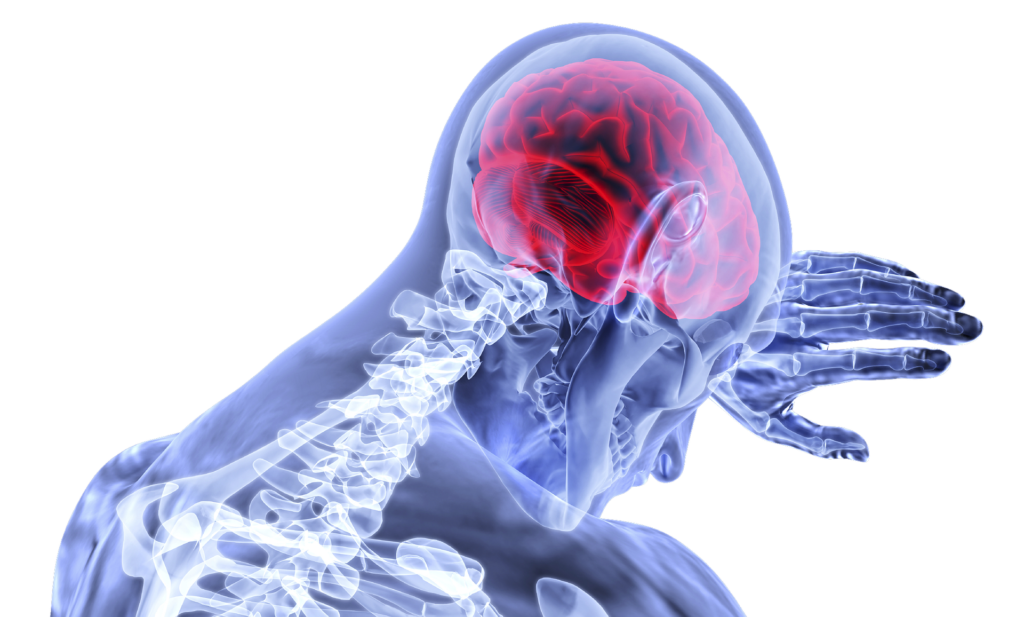By: Odille Remmert
It was the day before my son’s 12th birthday, and I had decided it would be best for everyone if I took my own life.
I had spent my life struggling – financially, emotionally, and physically. Each time I hit “rock-bottom,” I would end up picking myself back up, dusting myself off, and believing that this time would be different; this time, I would succeed. And now, I was tired of getting up.
As I sat in my car, I thought about my son and the fact that it was his birthday the next day. And it made perfect sense to me that “checking out” of life would be the best birthday gift I could give him.
He would be so much better off without me. He would get over the loss, and then he would be free to move forward with his life, without my patterns of a struggle holding him back.
Anyone who knows me wouldn’t recognize that thinking. Even though I remember it well, I don’t recognize that person. Not only is it completely out of character for me to take such drastic action, but there is also no way on earth I could ever do that to my son. And yet… at that moment, my decision seemed logical, reasonable, and honestly, the best option for my 12-year-old.
So, what was going on in my brain? Since that time, I’ve learned a lot about the effects of emotions on the brain, and the impact of stress chemicals.
Here’s what goes on behind the scenes:
- Every thought is a connection between neurons (nerve cells) in the neocortex of the brain.
- Those connections trigger the limbic system to produce matching chemicals (stress chemicals like adrenaline and cortisol for negative thoughts, and “feel-good” chemicals like endorphins, serotonin, and oxytocin, for positive thoughts).
- All negative emotions are a level of the fight-freeze-flight state.
- The stress chemicals that create that emergency state cause blood to drain from the prefrontal cortex of the brain – where we do our cognitive thinking.
- This means that whenever we’re in a negative emotional state, we literally can’t think straight – it affects our judgment, risk assessment, problem-solving ability, comprehension, perception (of ourselves, others, circumstances, events, and the world around us), and our ability to strategize.
This is why, when we’re experiencing deep, intense negative emotions, we see things so differently to the way we see them when we’re feeling good. It’s because that part of our brain is literally offline. It’s why the gut-wrenching emotional pain I was experiencing that day led to a decision that seemed completely reasonable and logical at the time, even though it would have not only ended my own life but devastated the lives of those I loved.
That decision that action makes no sense – with the prefrontal cortex of my brain online.
Trying to use cognitive thinking while in a negative emotional state is like trying to drive with the handbrake on.

How to Take the Handbrake Off
As mentioned before, positive thoughts trigger the production of “feel-good” chemicals, so when you focus on something or someone you love, things you’re grateful for, music you enjoy, uplifting videos, podcasts, articles, or books, and things that make you laugh, the levels of stress chemicals in your system start to reduce and are replaced by those “feel-good” chemicals.
As the stress chemicals dissipate, blood flows back to the prefrontal cortex of your brain – and you have access to your cognitive thinking again!
You’ll notice that as you start to feel better, emotionally, you begin to see things differently. You are able to come up with solutions you hadn’t thought of before, see opportunities you hadn’t noticed before, and your creativity, productivity, and ability to strategize, organize, and comprehend information, returns.
This makes feeling good a top priority!
Doing whatever it takes to feel good most of the time will keep your cognitive thinking “online” – allowing you to see more clearly and will empower you to succeed more easily in all areas of your life.
A well-timed phone call from my sister saved my life that day.
Learning how to control my chemical (emotional) state and letting go of the subconscious childhood references that were causing those patterns of struggle saved my life, moving forward.
I’m now married to the love-of-my-life, doing what I love for a living, happier than I could have ever imagined possible.
We don’t always have a choice in what happens to us. We don’t always have a choice in the circumstances, events, or challenges we experience.
But we do always have a choice in where we’re putting our focus in the moment. And where we’re putting our focus determines how we feel, which determines how we think. And that is where our power lies.


Odille Remmert is a mindset coach, writer, and speaker, specializing in emotions and the subconscious mind. She is also the co-creator of The Remmert Method, a cutting-edge modality, based on the latest in neuroscience, that trains the brain and body to live from an empowered emotional state, and changes the subconscious “GPS coordinates” for automatic, natural, fast results in all areas of life and business.
You can find her:
http://www.TheRemmertMethod.com
Social Media:
https://www.facebook.com/odile.rault
http://www.youtube.com/c/FastTrackSubconsciousReprogramming



